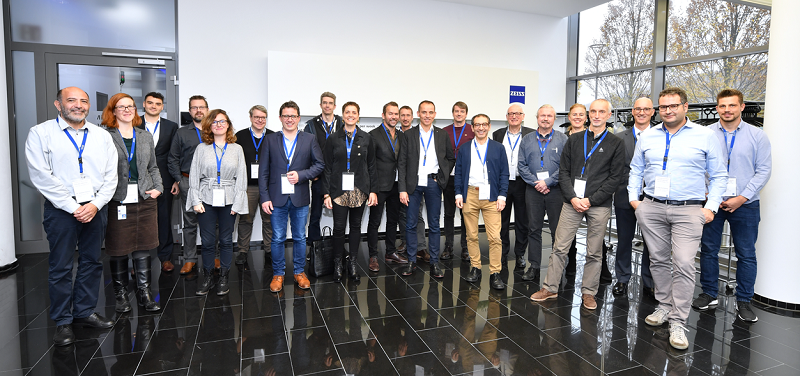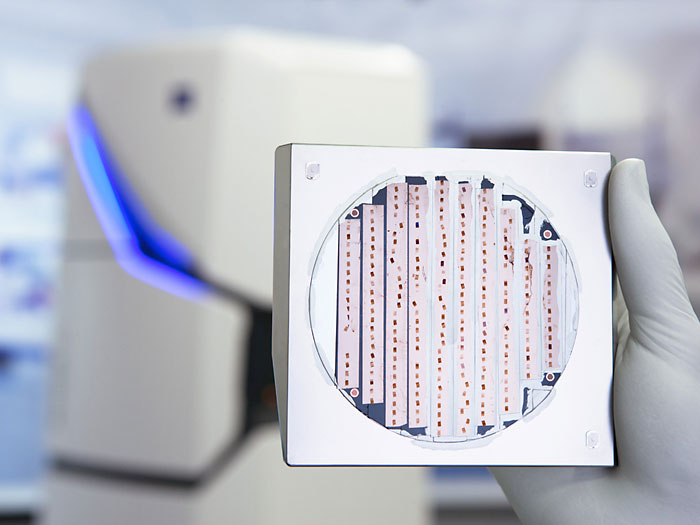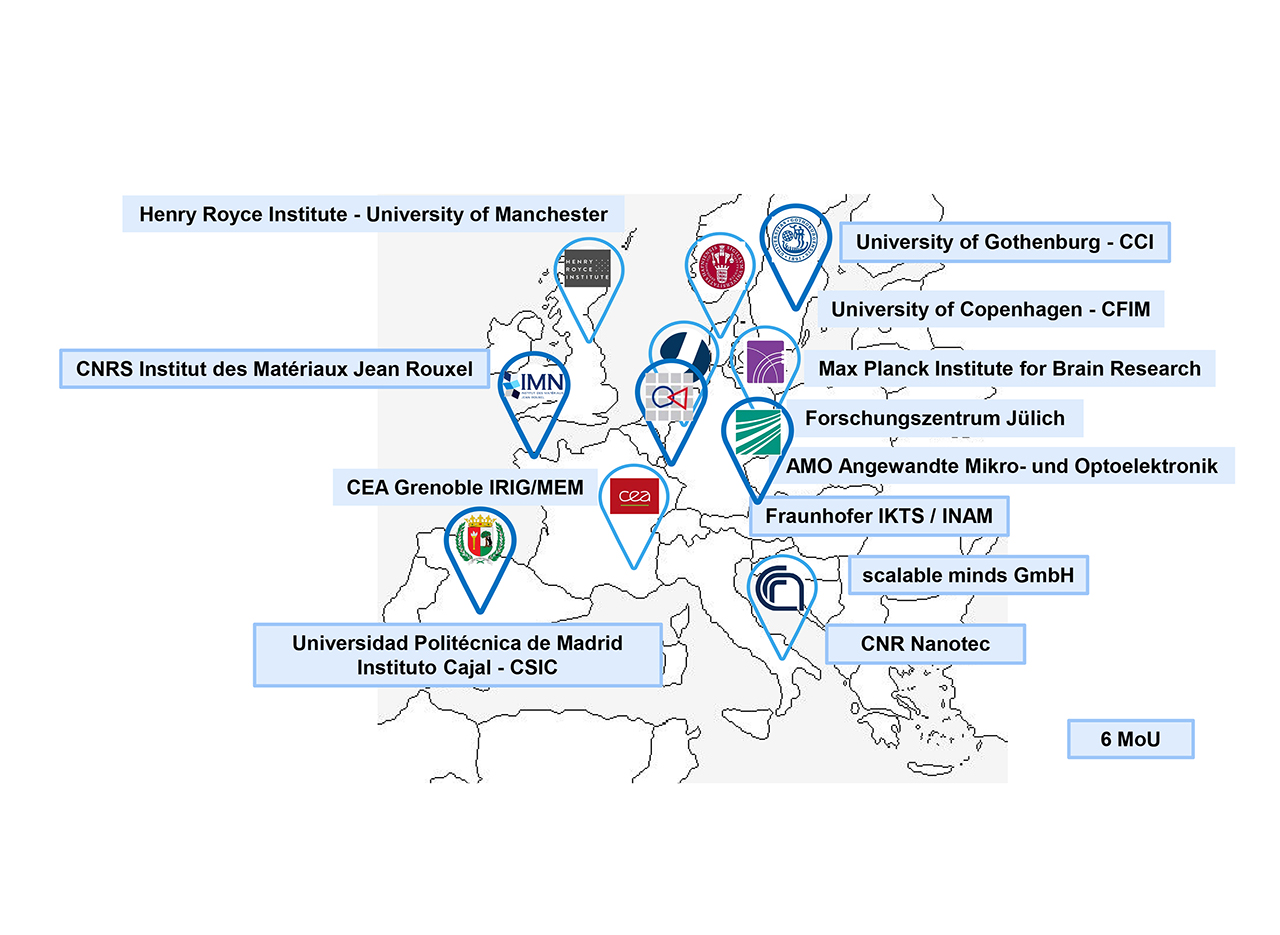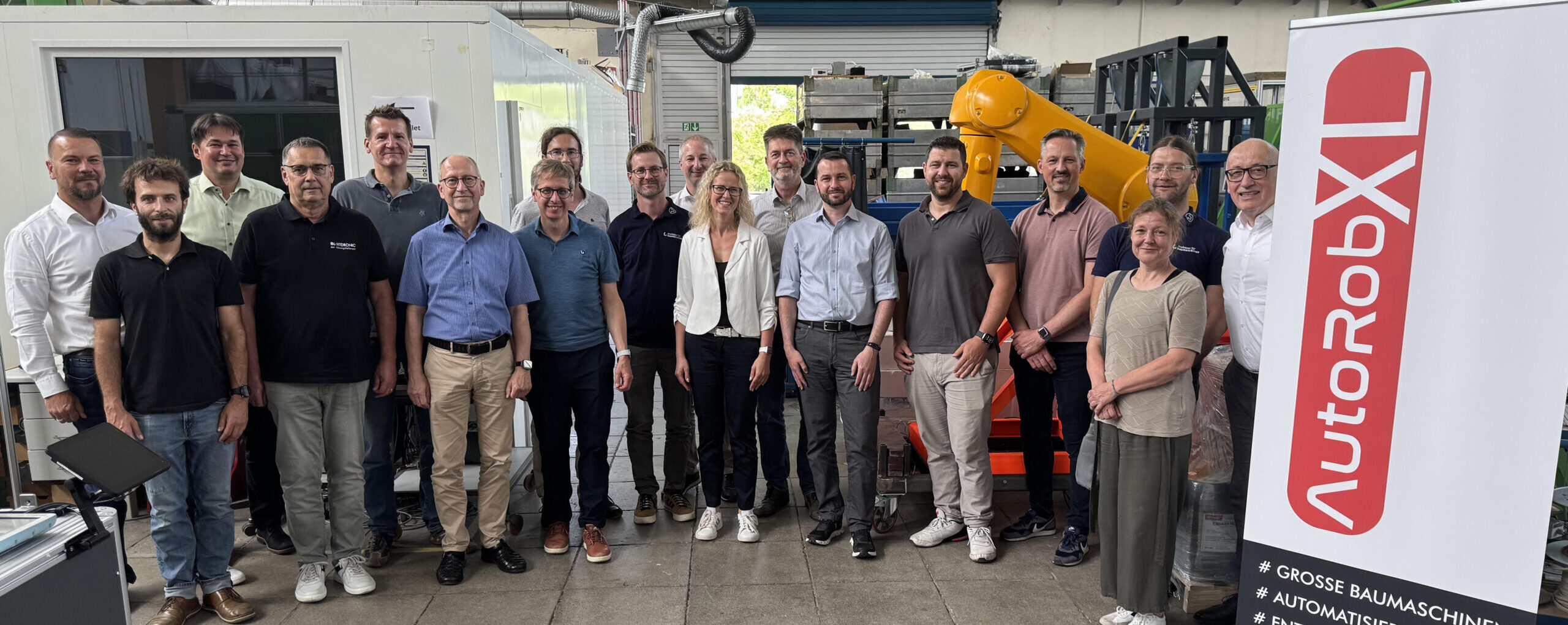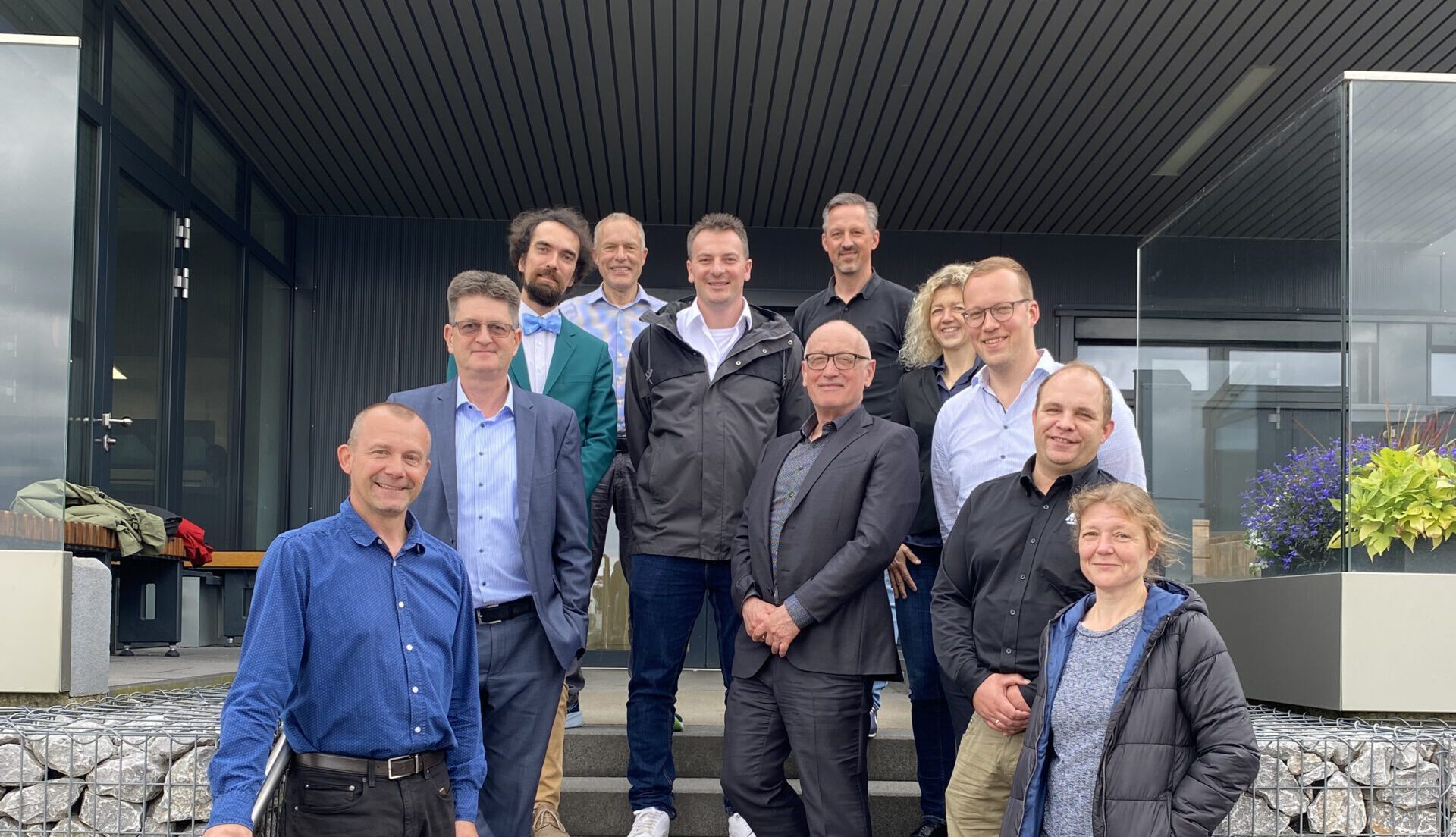An 2025, NanoWorldMaps will provide access to electron microscopic investigations with the MultiSEM (mSEM) from Zeiss Microscopy.
The mSEM uses 91 electron beams working in parallel, enabling ultra-fast, high-resolution imaging of even macroscopic objects on a nanometer scale. The technology is ideal for analyzing semiconductor chips, nanomachines, biological tissue samples or complex organ structures such as the brain.
About NanoWorldMaps
Europe’s new research infrastructure for ultrafast 2D/3D imaging
NanoWorldMaps is a planned, Europe-wide distributed research infrastructure that will provide scientists from industry and research with access to state-of-the-art technologies for ultrafast and large-scale 2D/3D imaging at the nanometer scale. The aim is to position Europe as a leader in high-throughput, multimodal imaging on the nanometer scale.
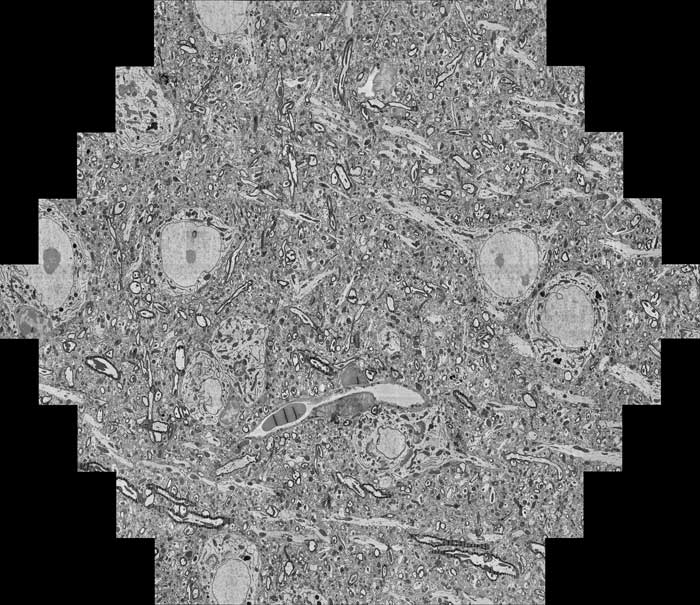
multi-beam_mouse-brain
multi beam image of mouse brain
Core technologies:
Fields of application:
Access and services:
NanoWorldMaps is currently in the concept phase and is working on an integrated service concept that ranges from sample preparation and image acquisition to data analysis using supercomputers and artificial intelligence. The provision of validated data on various scientific cloud systems is also planned.
Further information can be found on the official website: https://nanoworldmaps.eu

